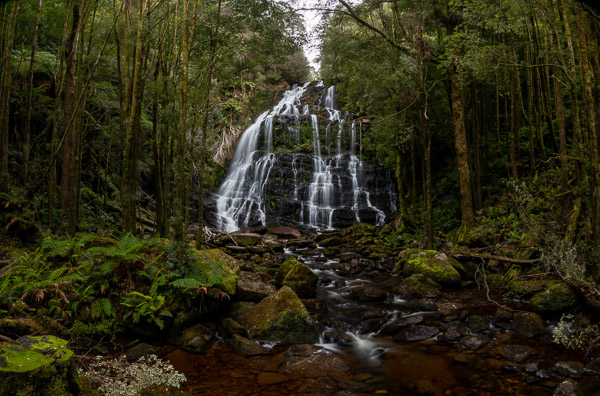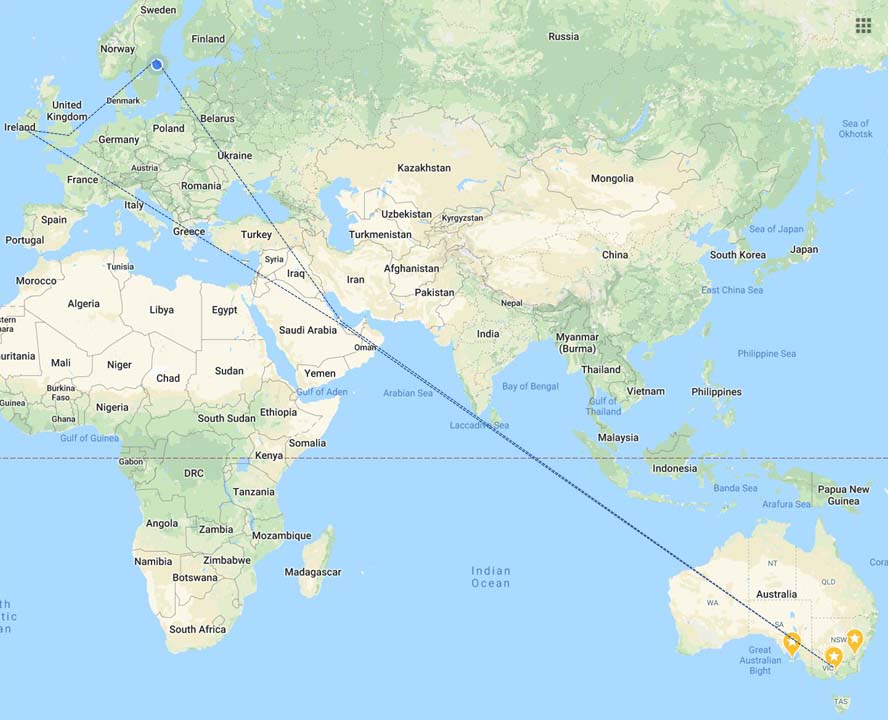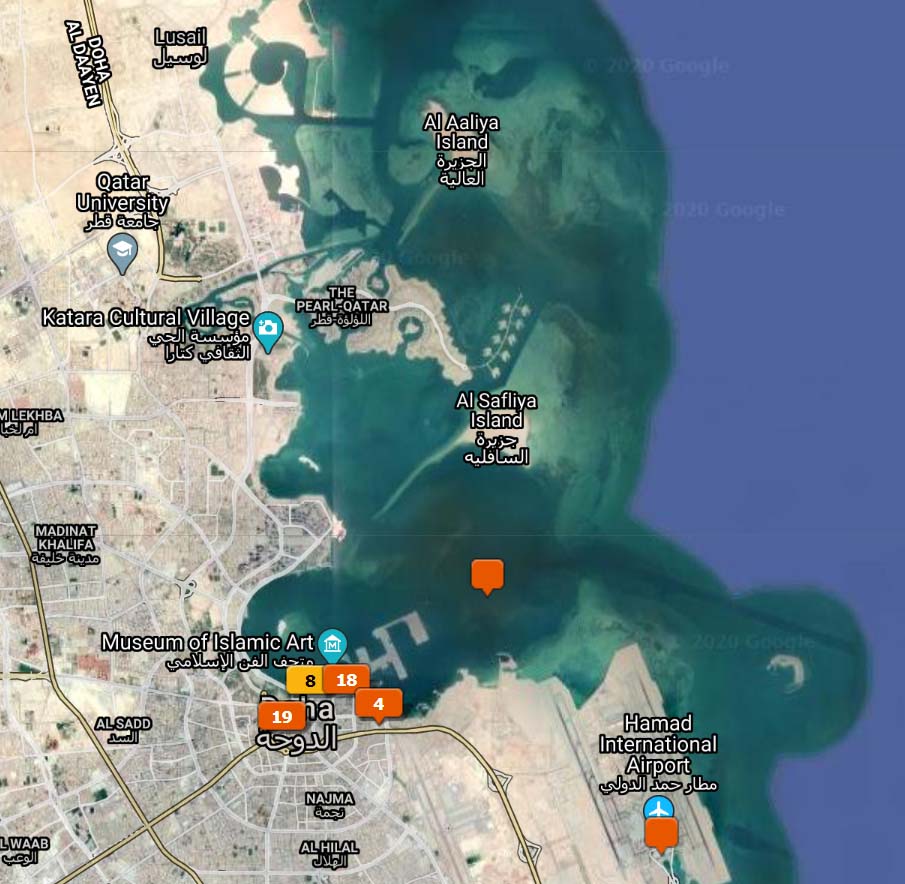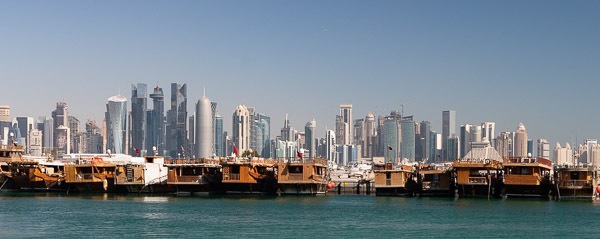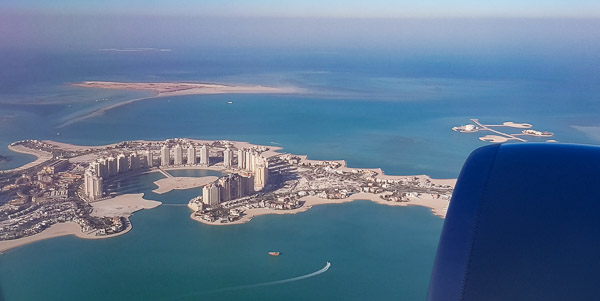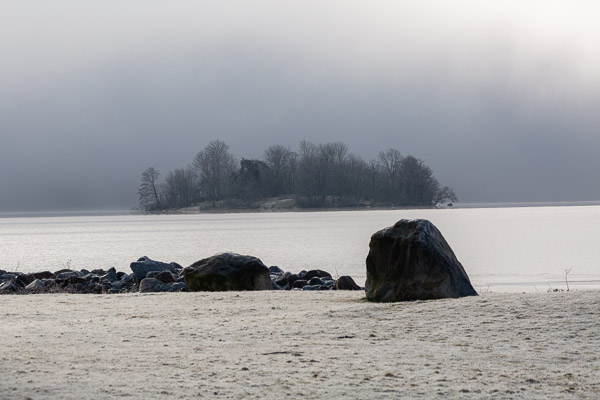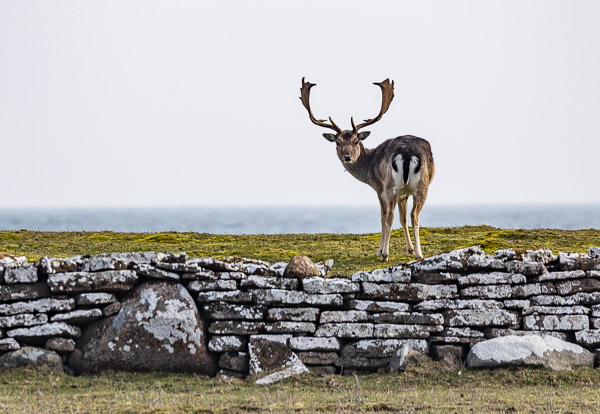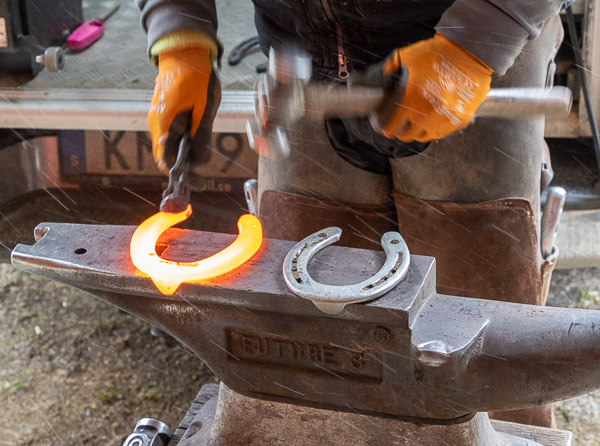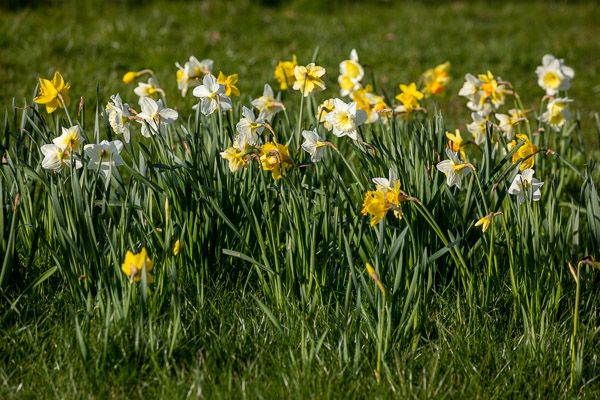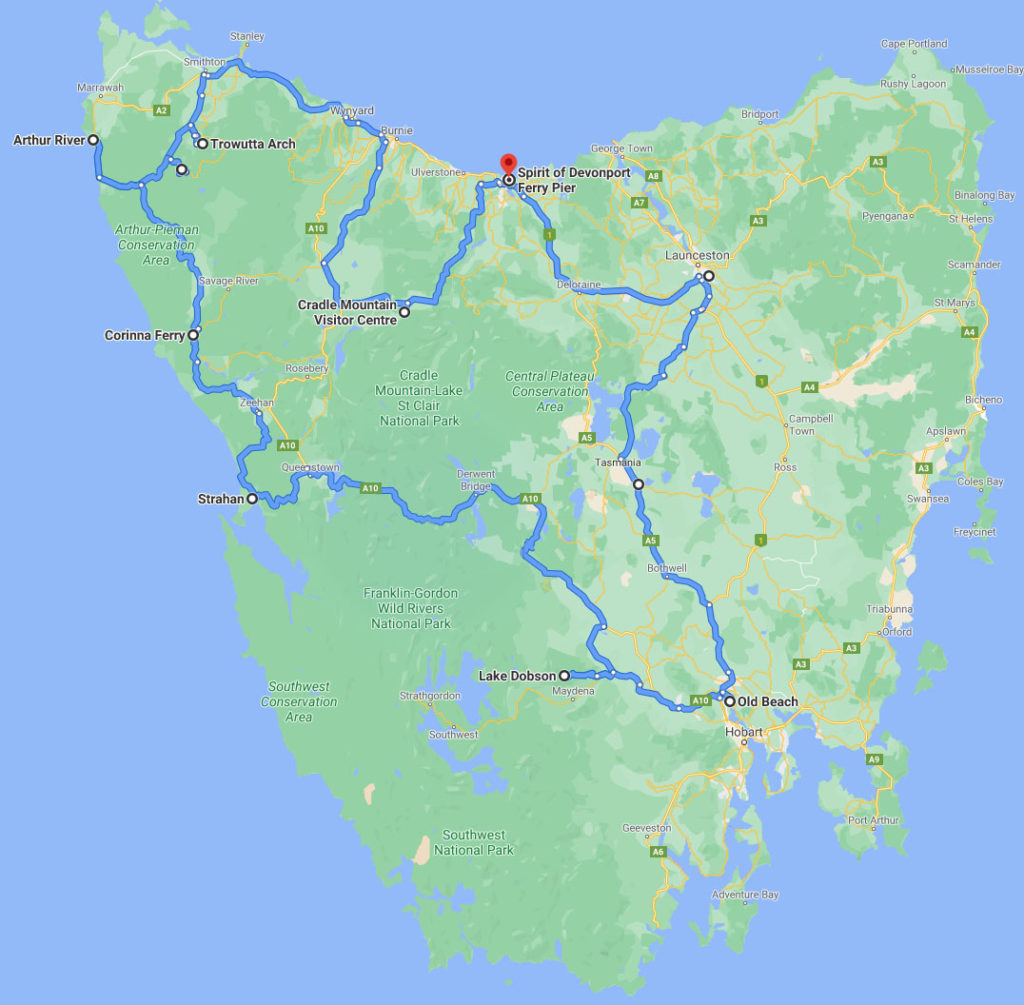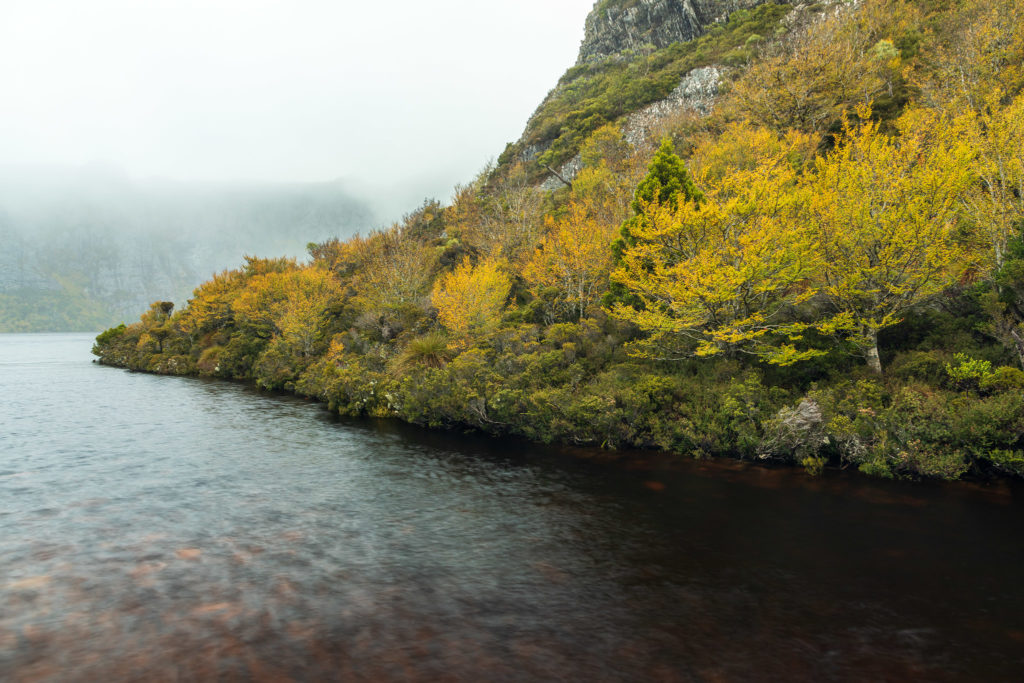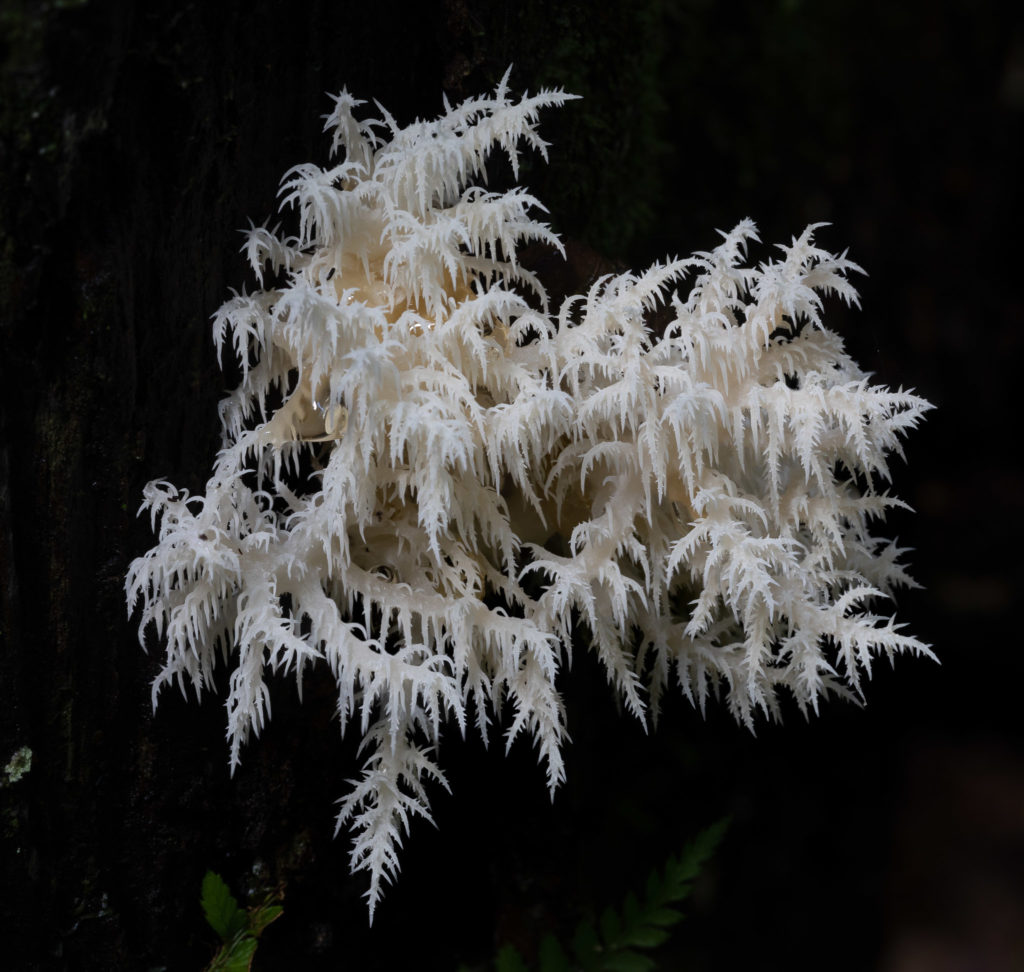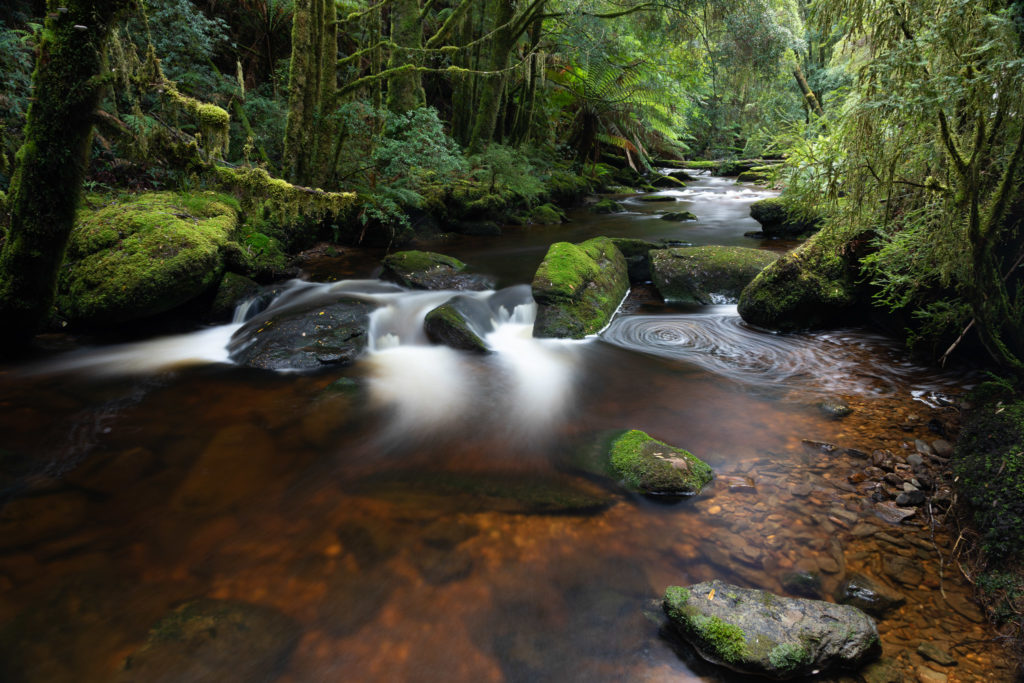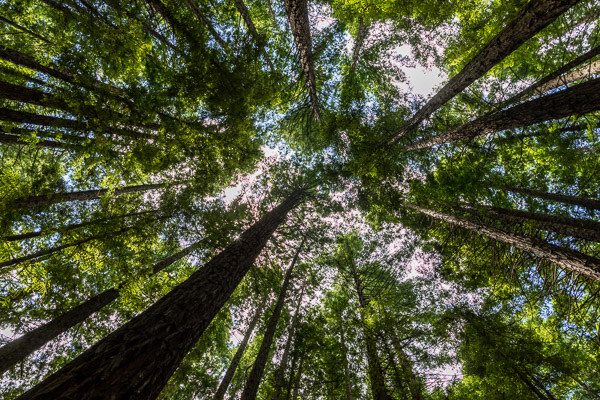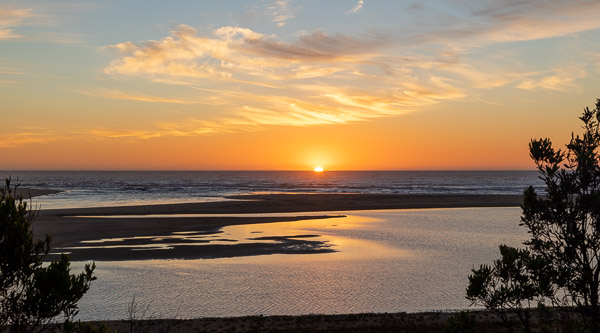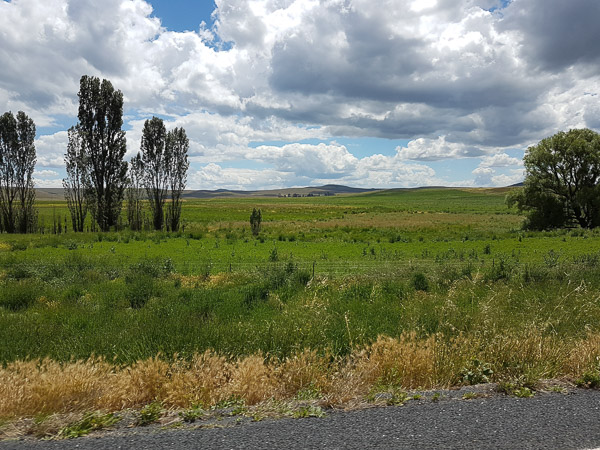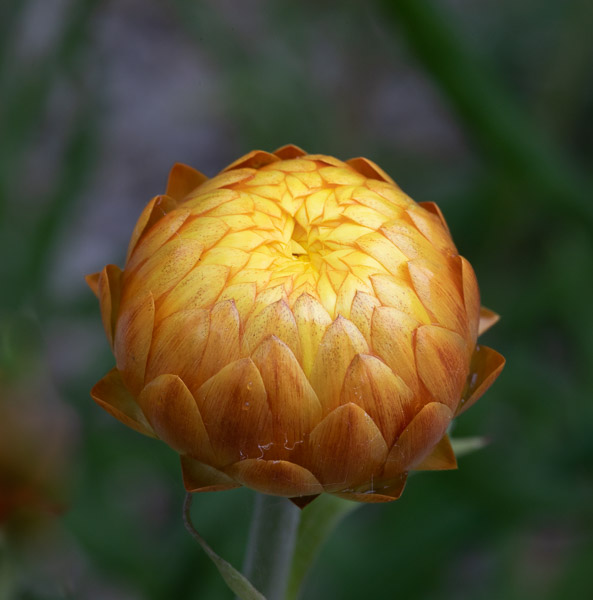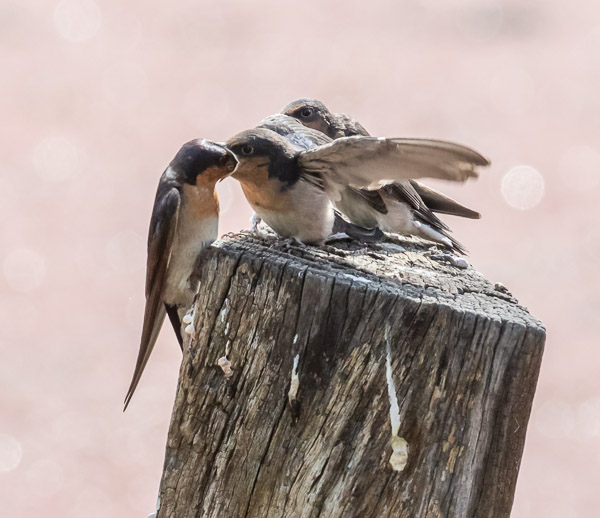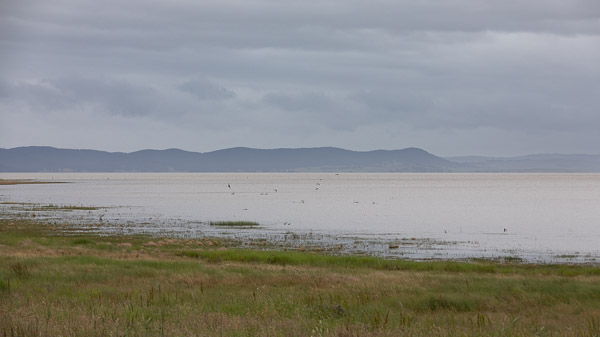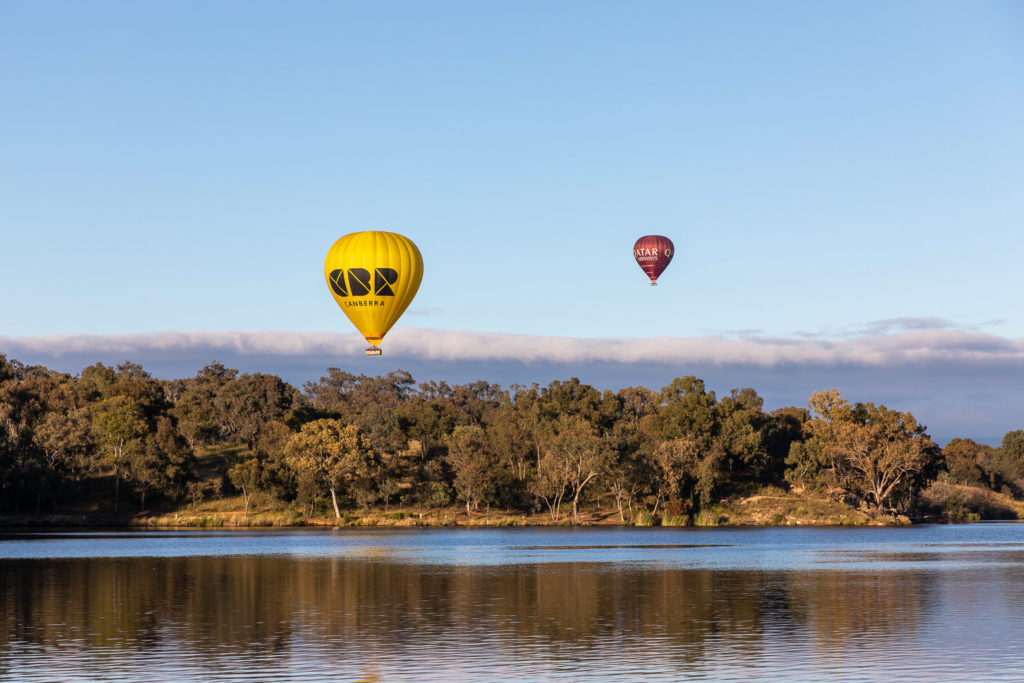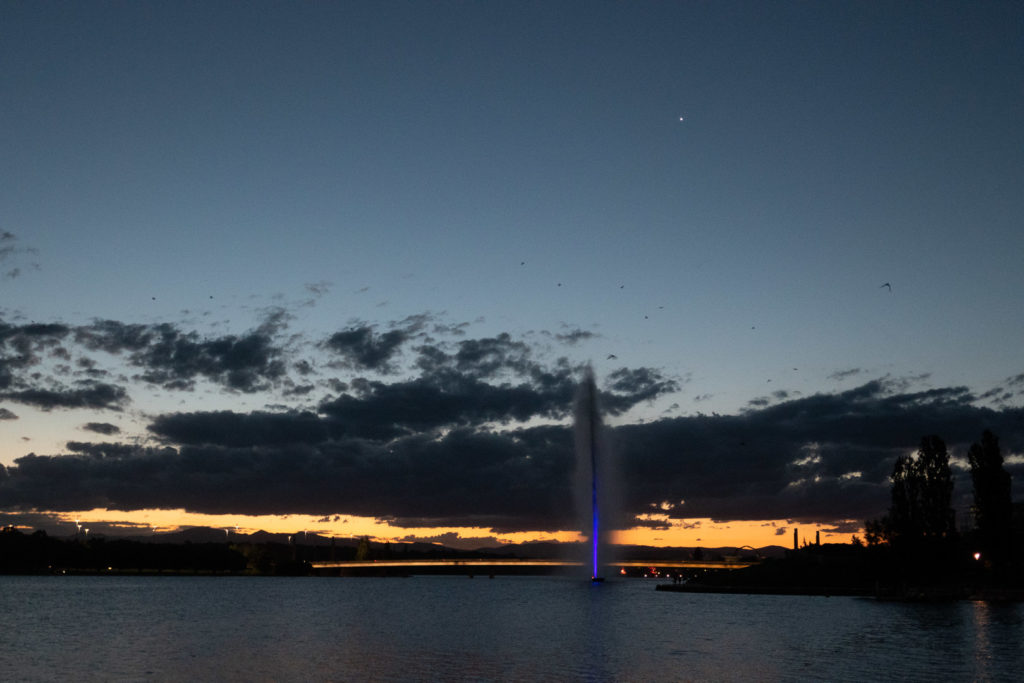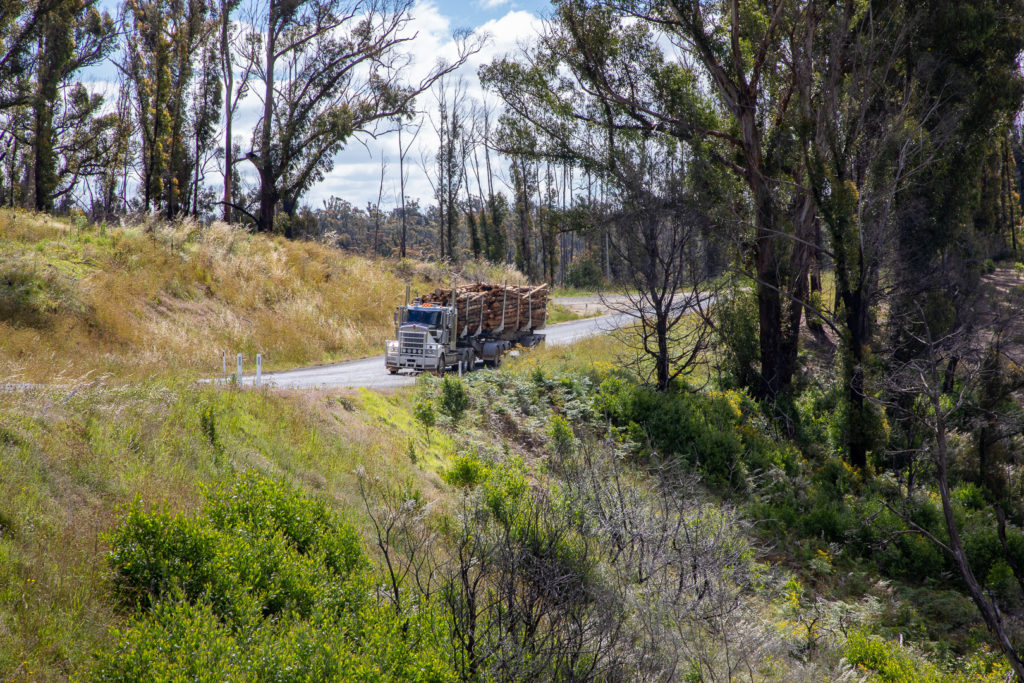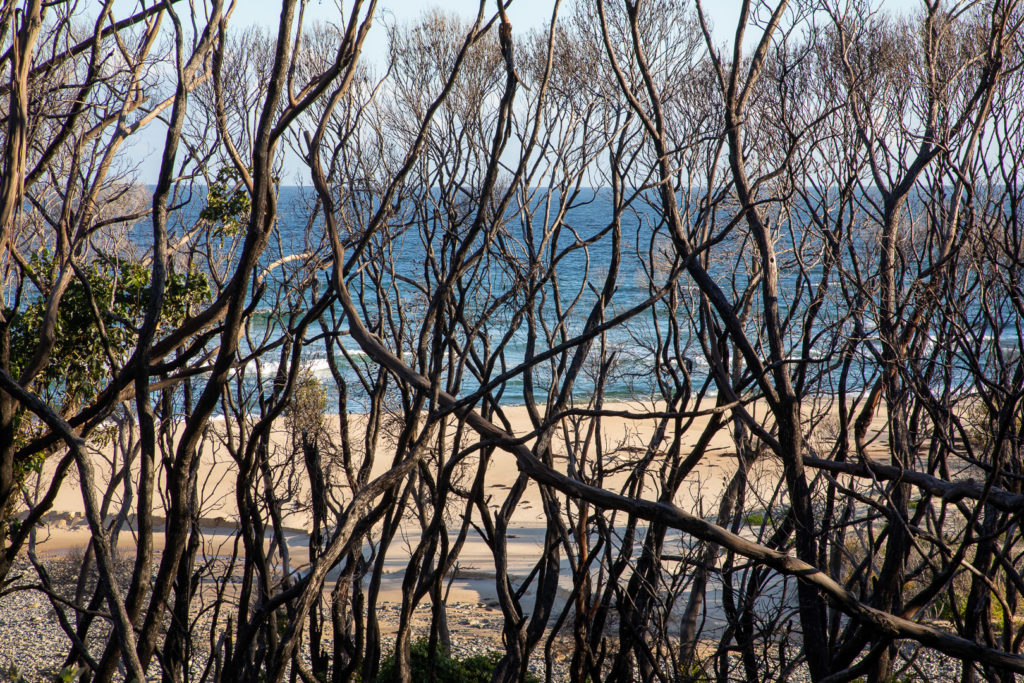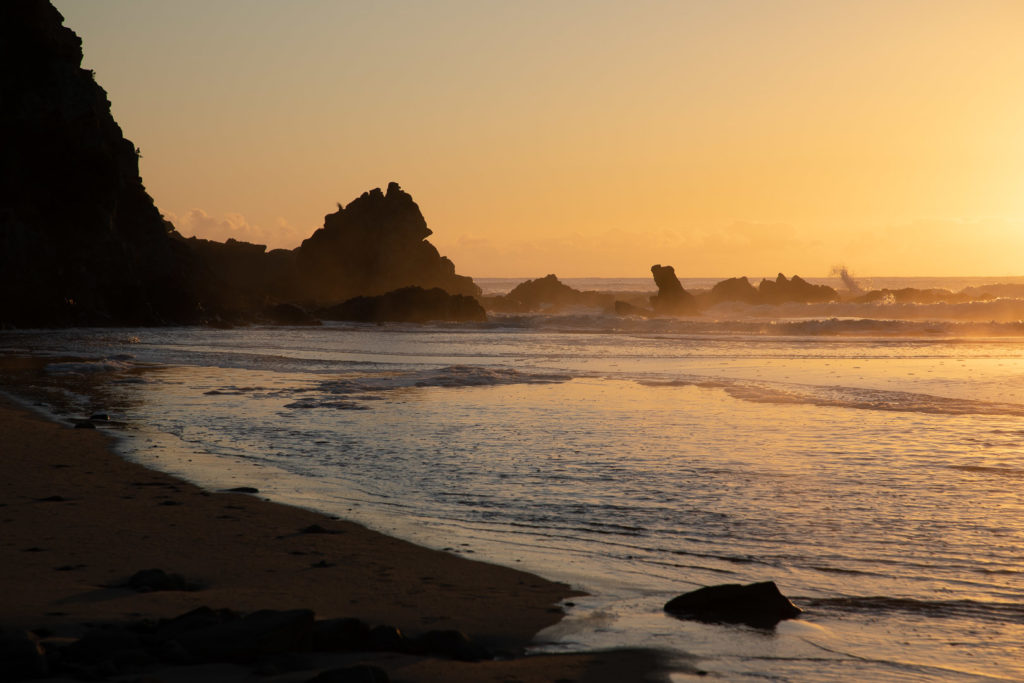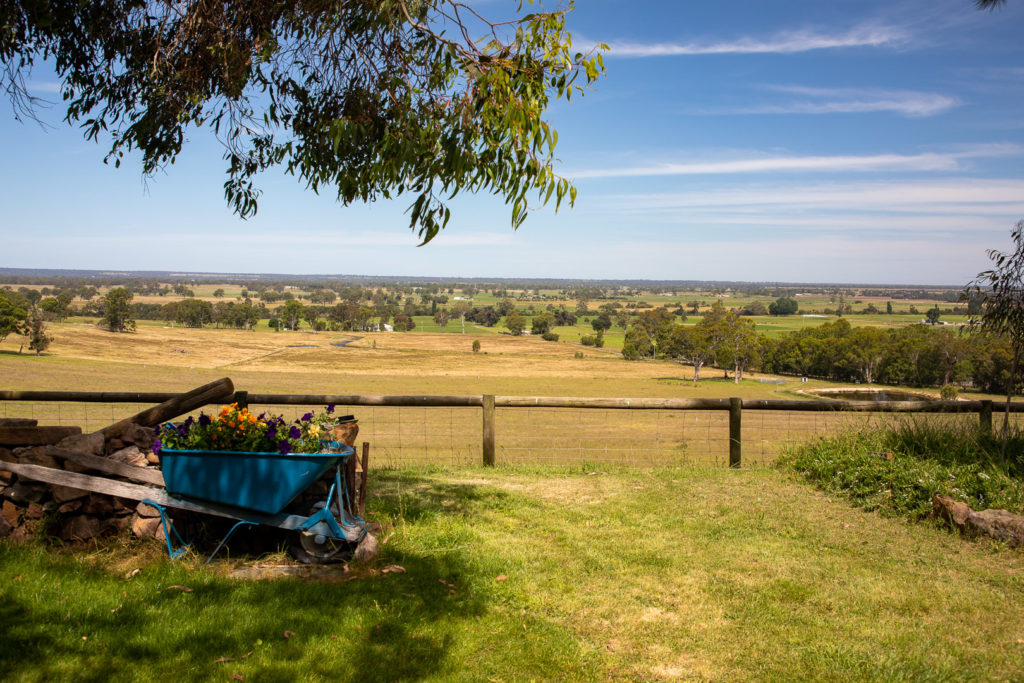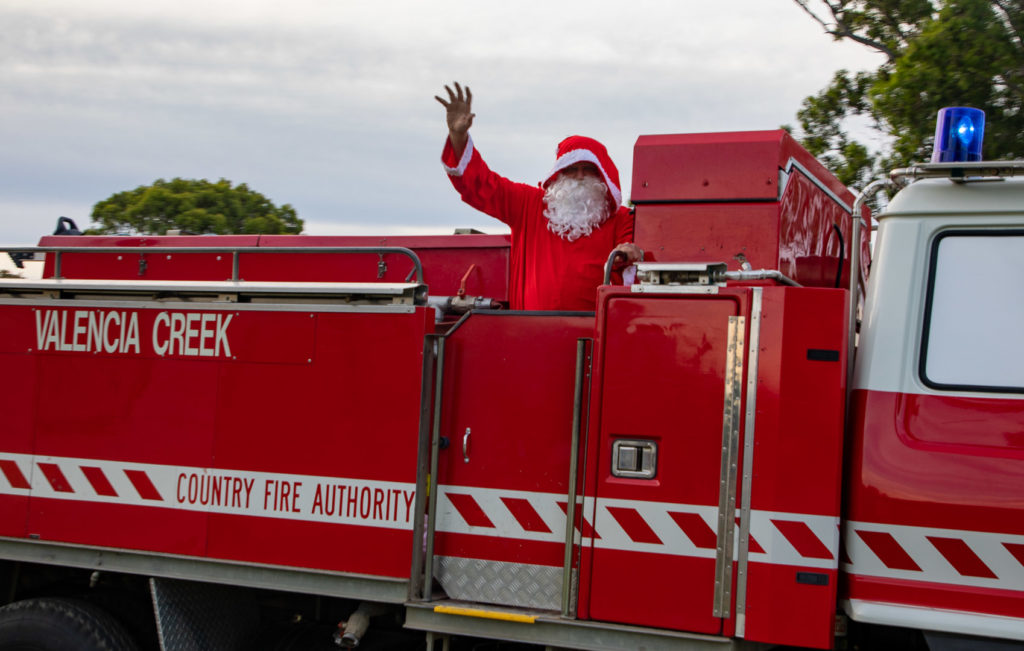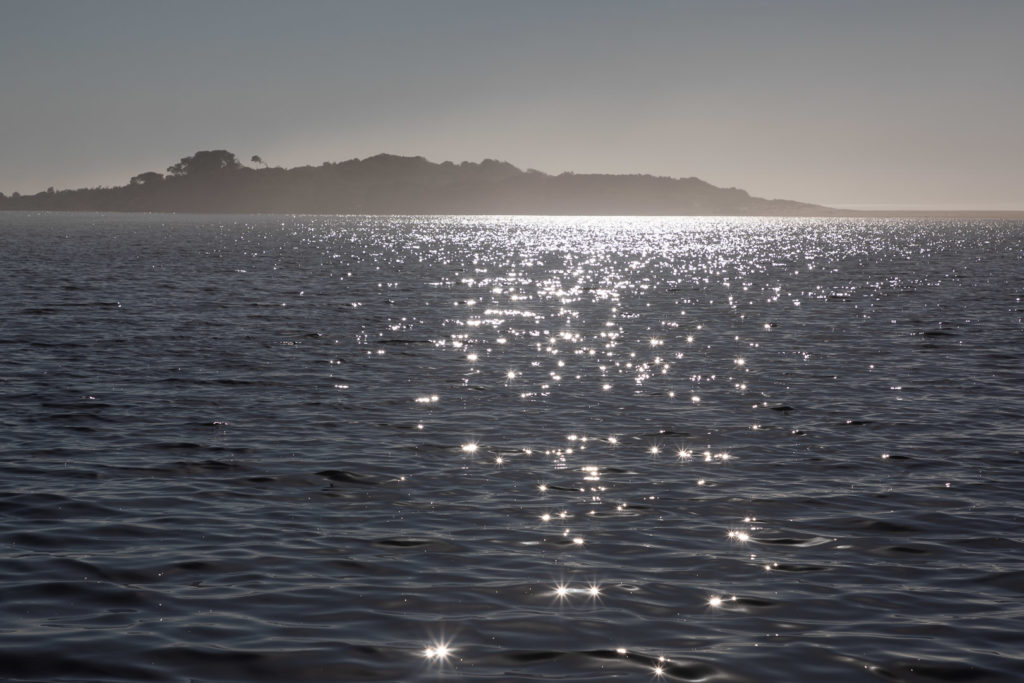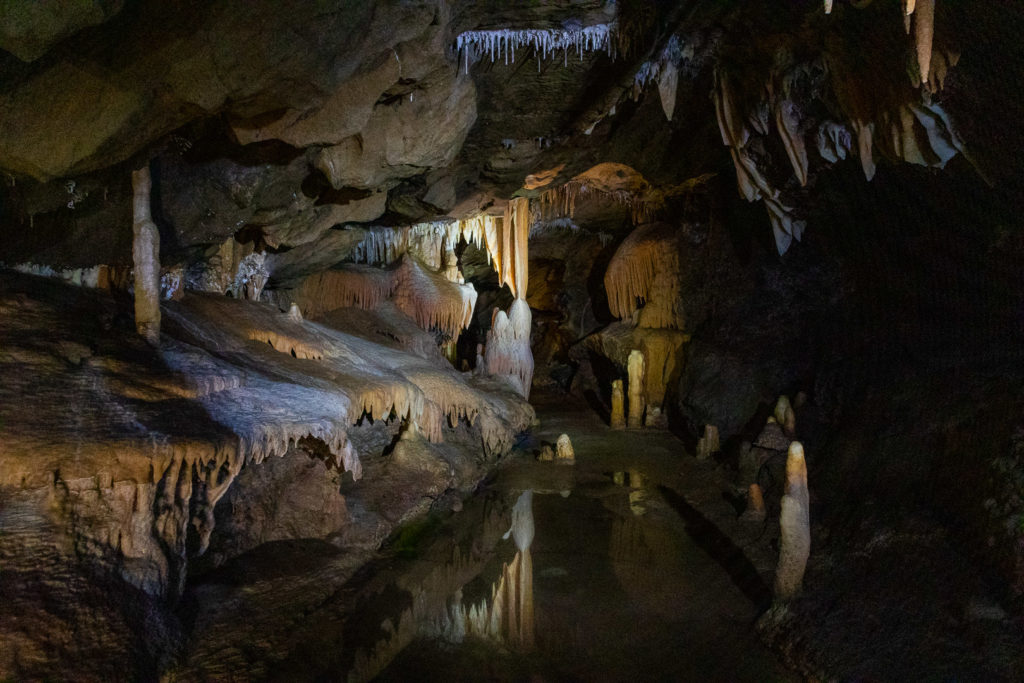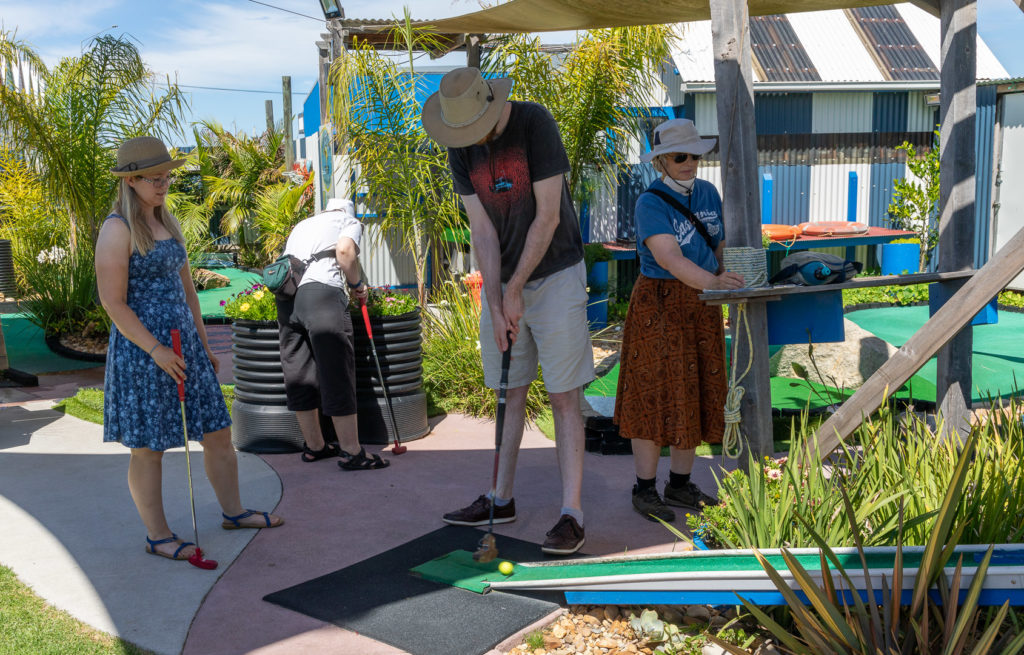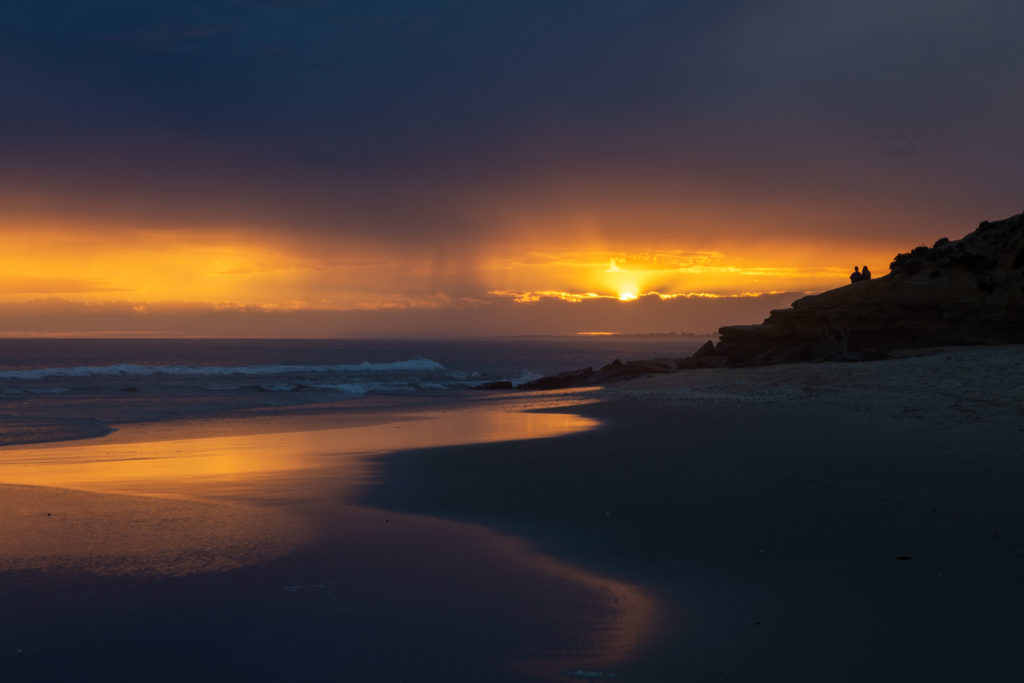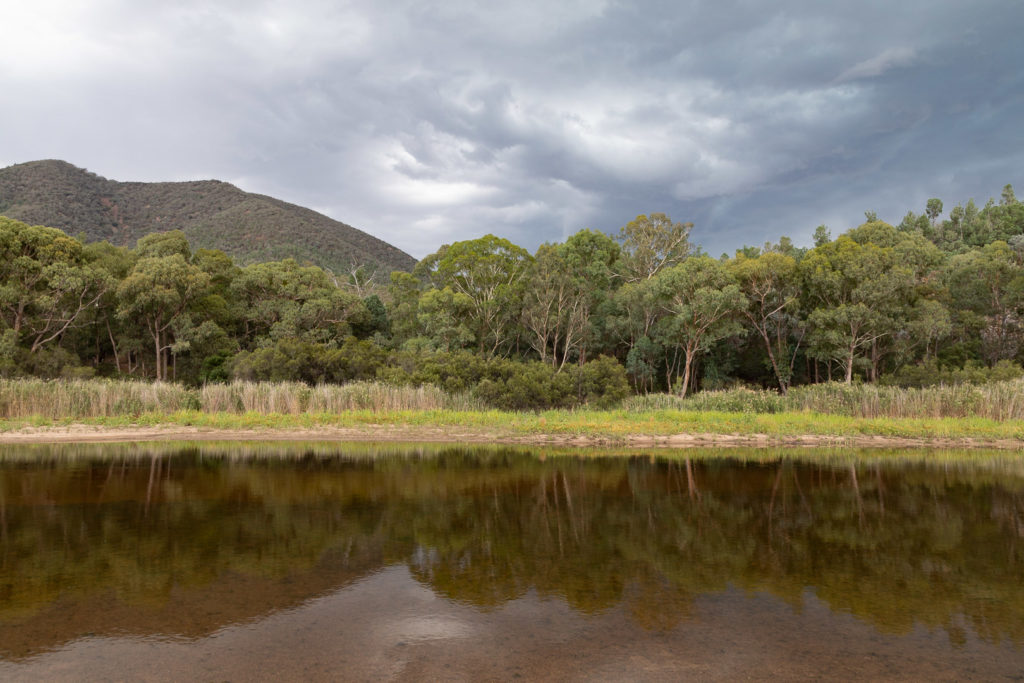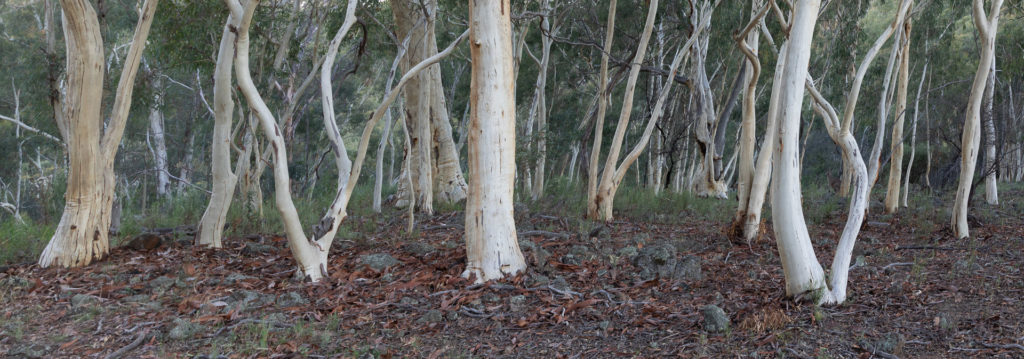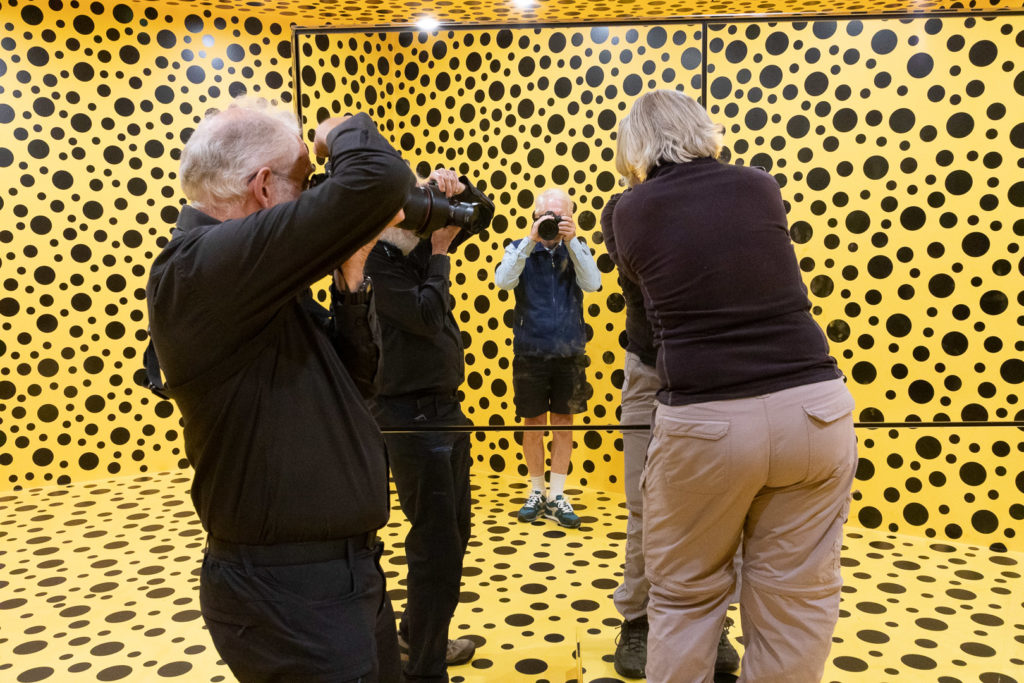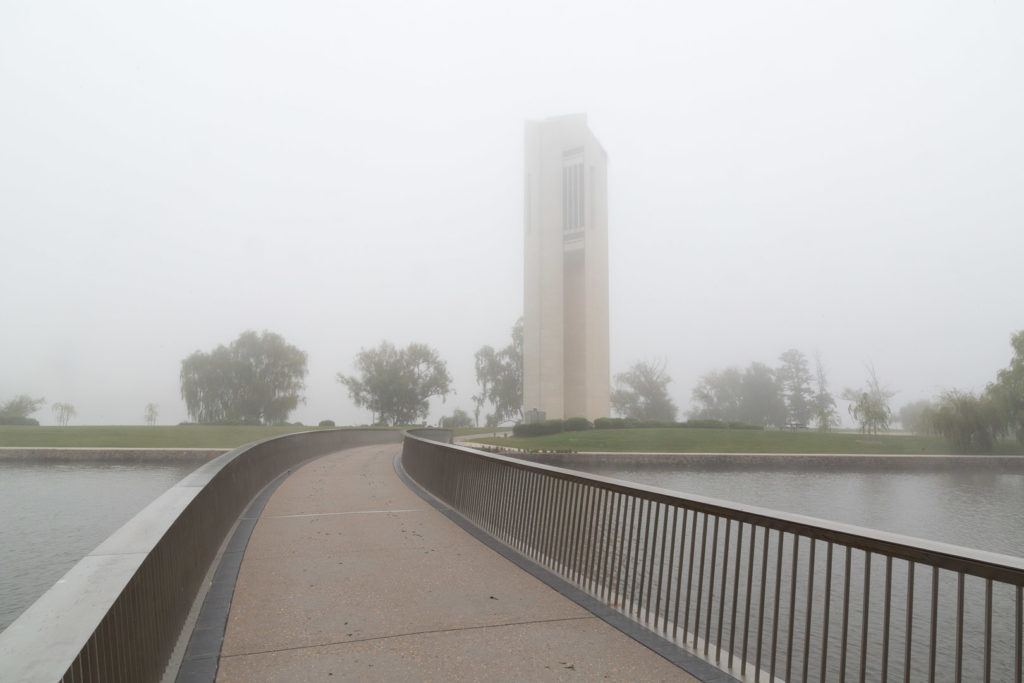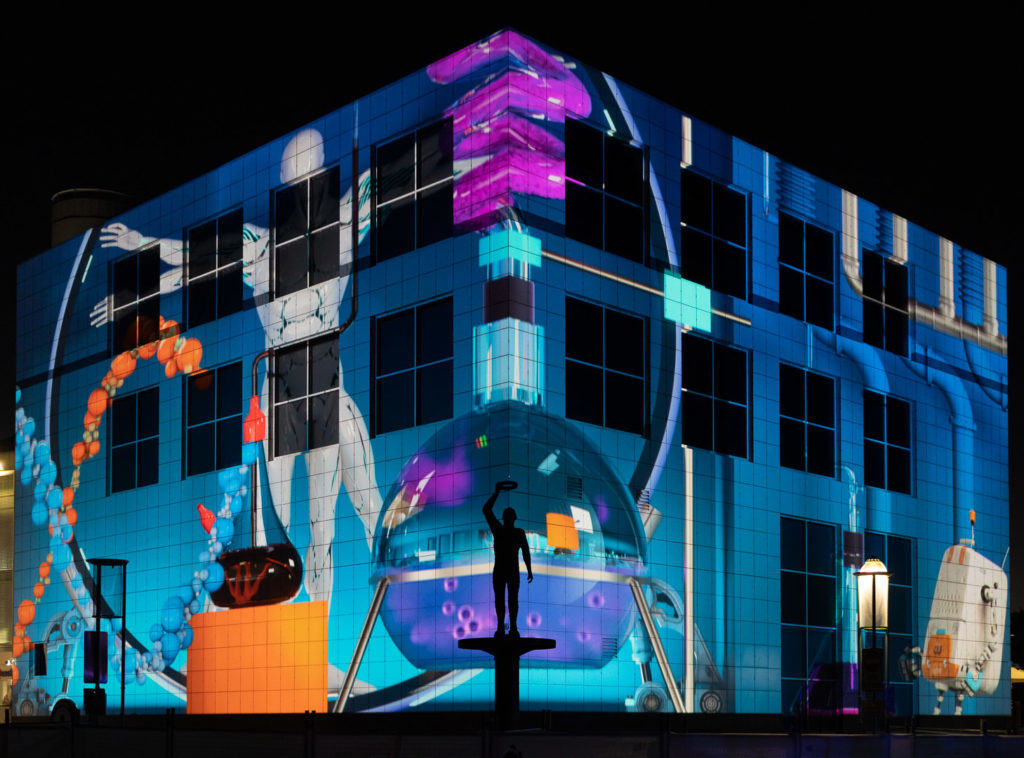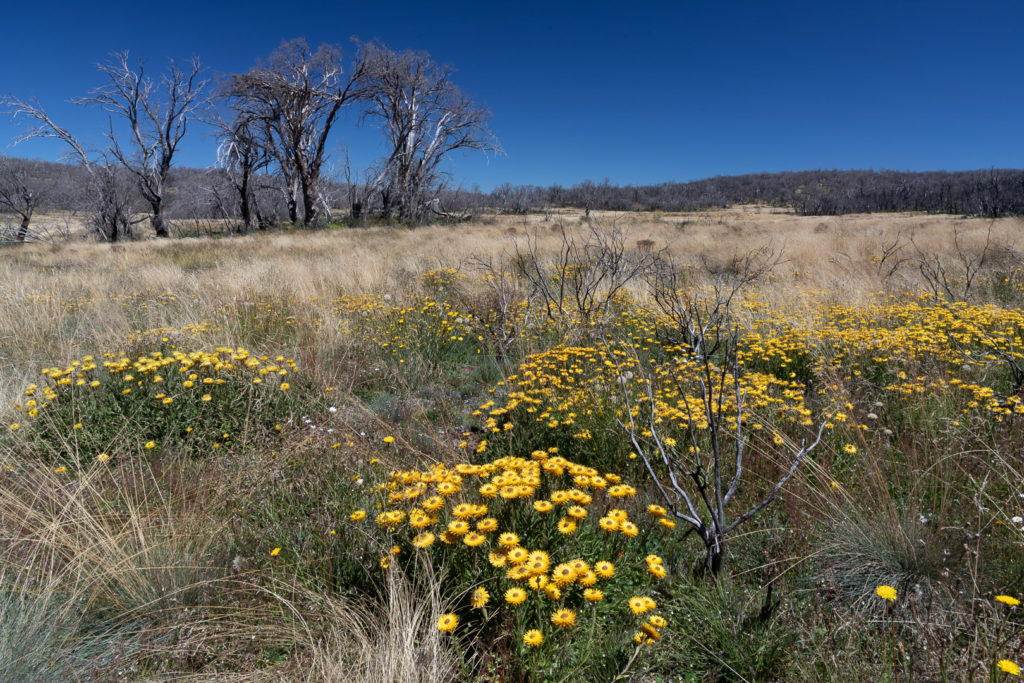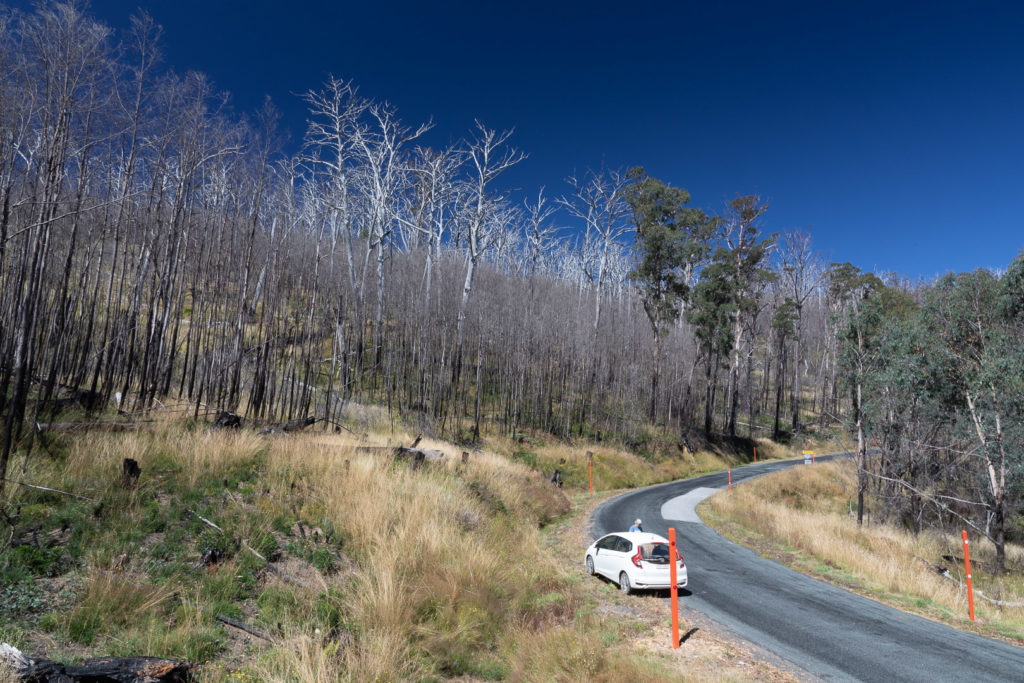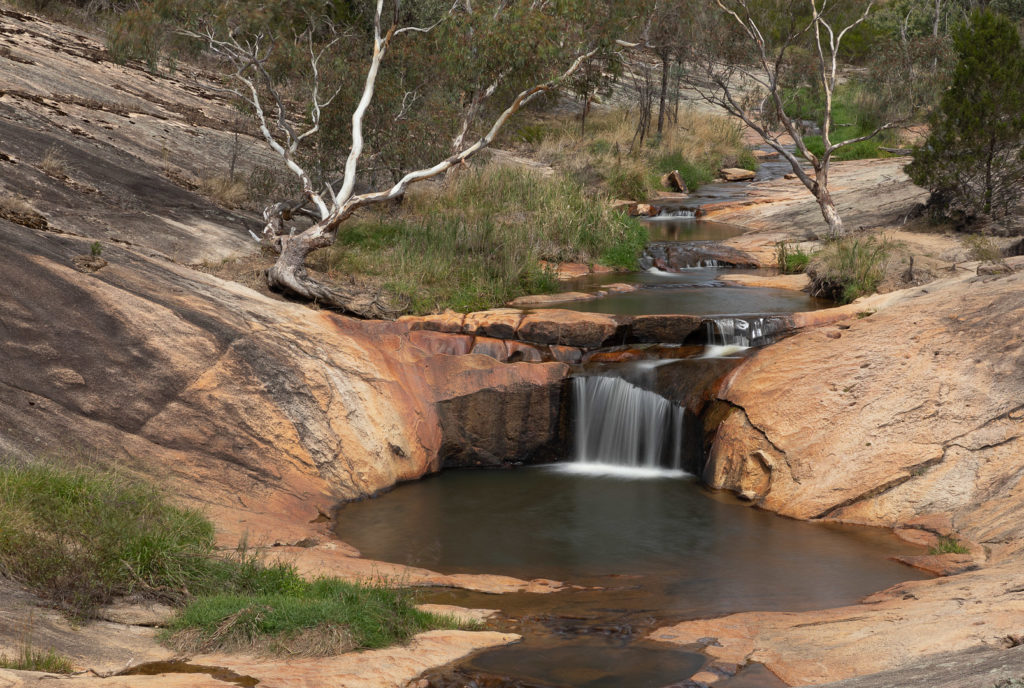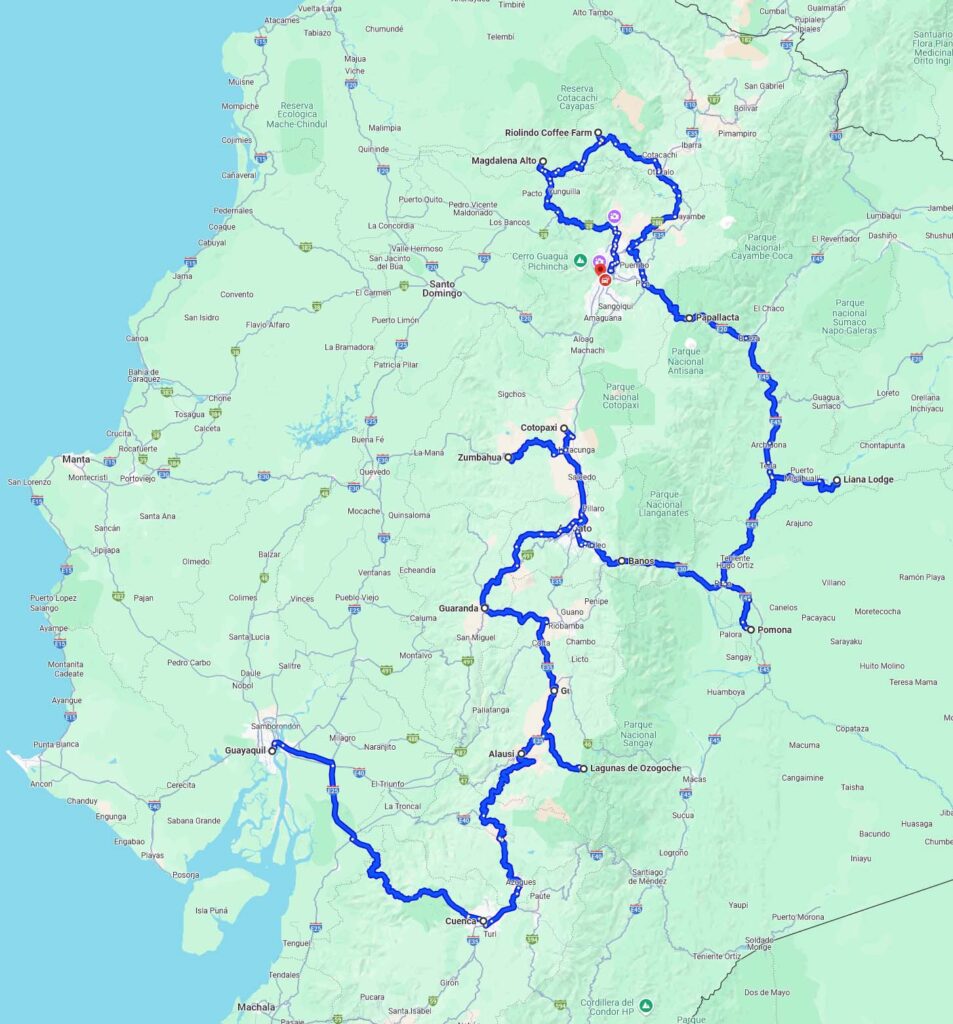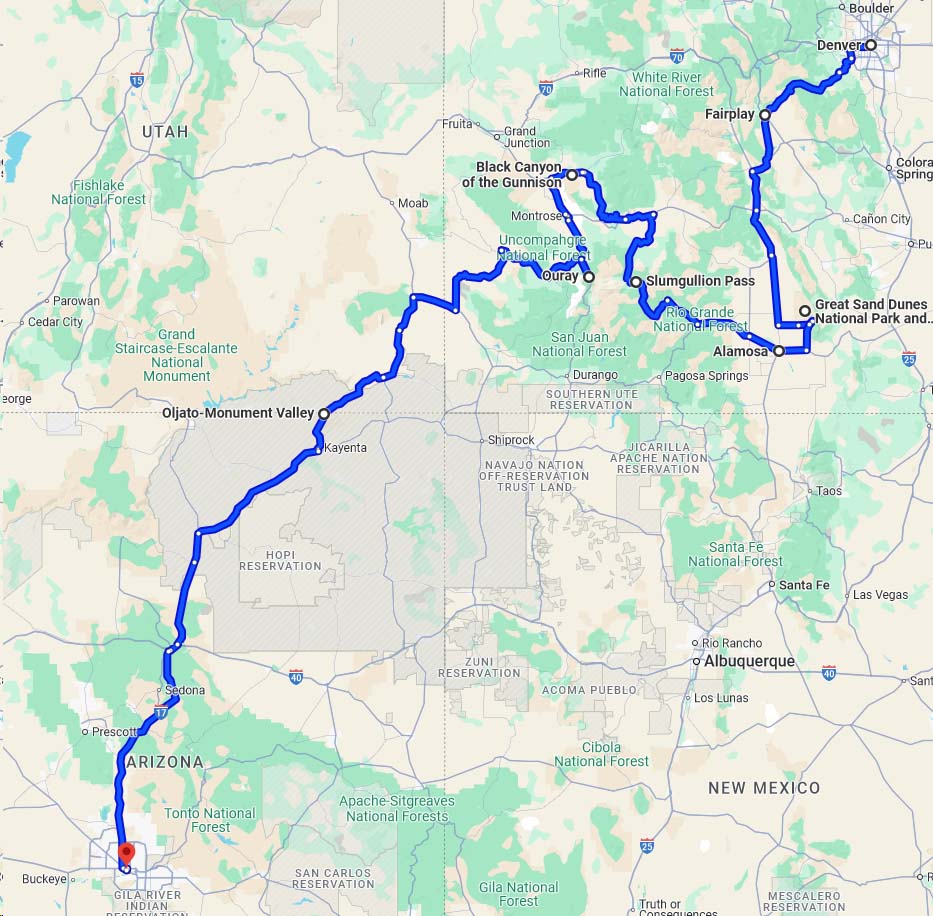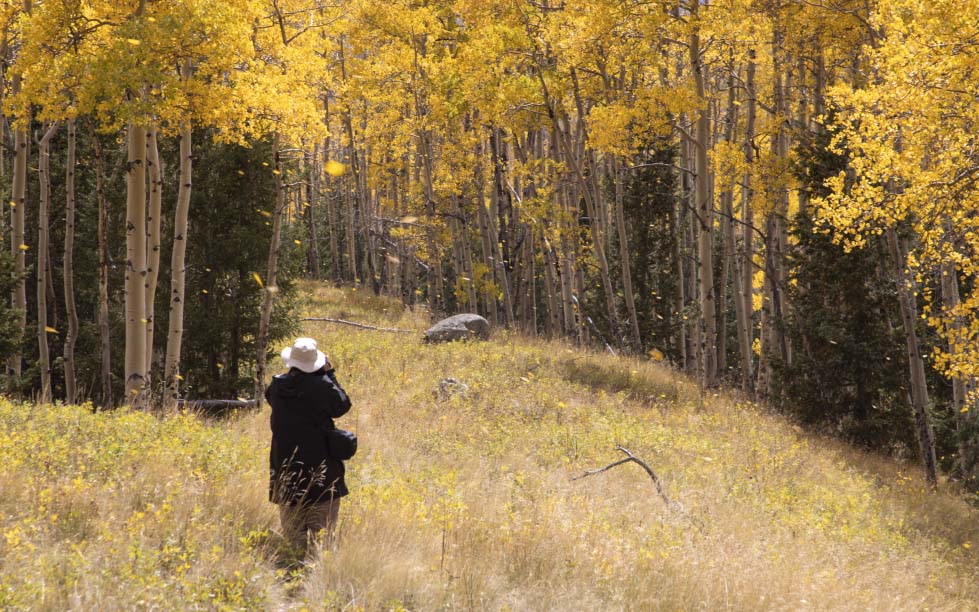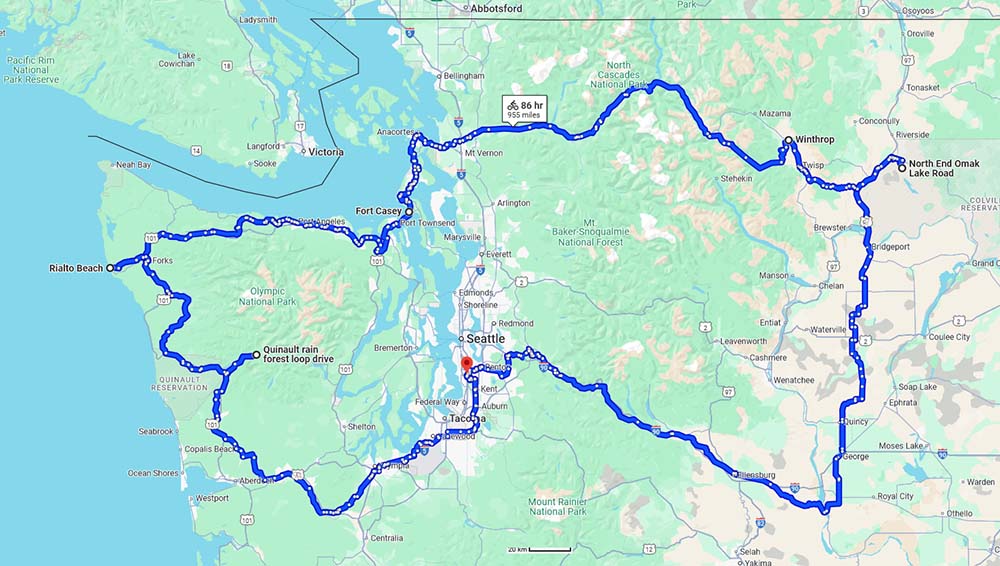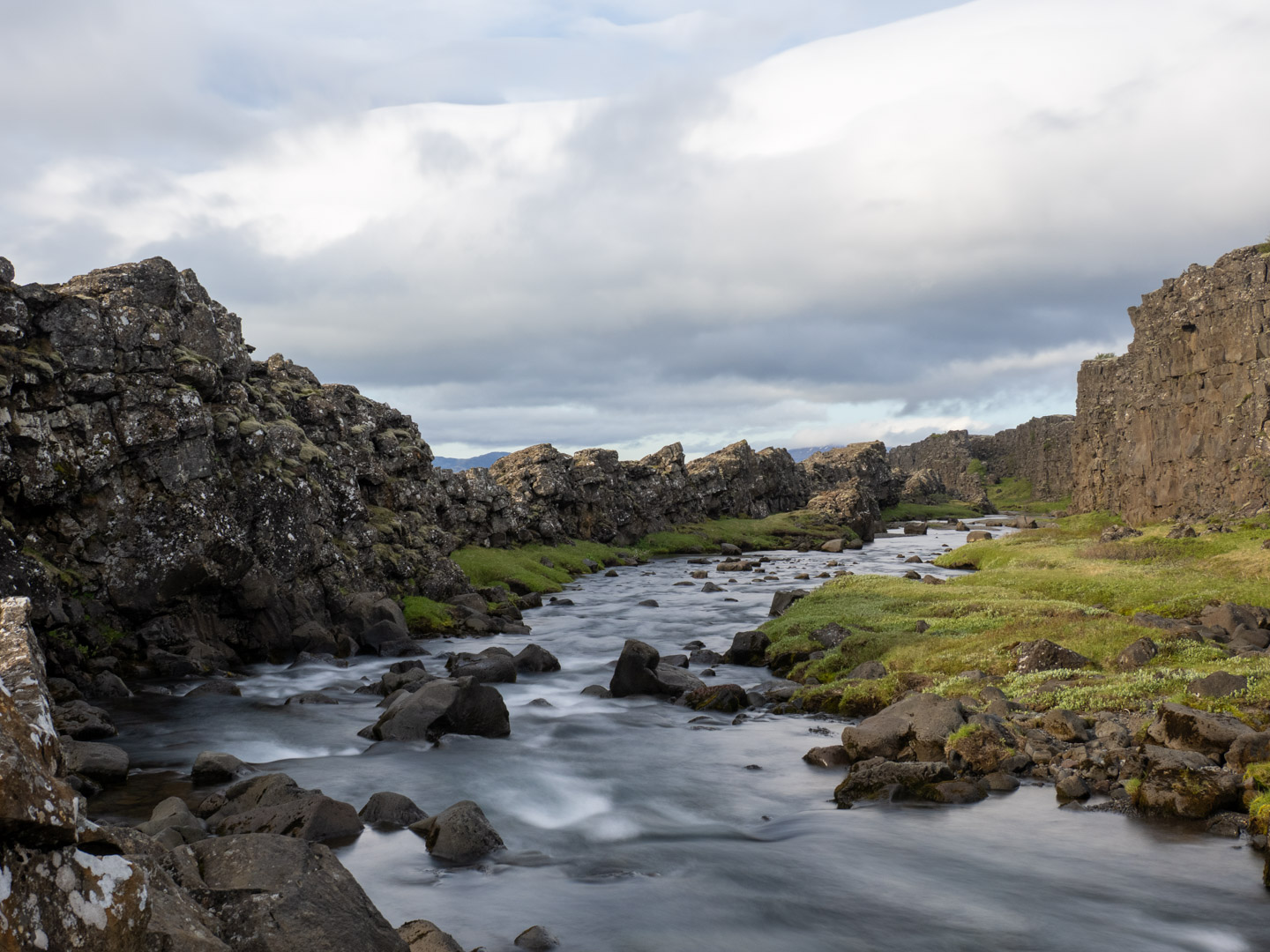Wow, what a week. We have been busy dawn to dusk every day, and I have not got any blog writing done since we arrived. We have no internet here. Since today will be mostly sitting and waiting, I have brought the laptop with me and I will make notes as the day progresses to give a feel for how our days have passed. I’m typing this up in a word processor as we have no internet. I probably won’t find time to post until we get back to Delhi. Even with the screen on full brightness, it is hard to see. There is so much UV radiation that my photochromic glasses are very dark, even though I have a wide brimmed hat and the sky is overcast. My lips have taken a battering with the UV and dry air and they are very sore. For the past 2 days I have been wearing a balaclava to cover my mouth to give it some protection. Since it is also cold, the balaclava serves dual purpose.
24/3/18 05:45 get up and dressed, pack the bags for the transfer this afternoon to Leh this afternoon, clearing the rooms for the next group expected to arrive around lunchtime. 6:15 gather for coffee and biscuits, before the drive up the road.
 24/3/18 06:45 AM at a small farm in the valley above Uley. Temperature hovering on -4°C. We’re rugged up in our down jackets etc High on the ridge above us there is a snow leopard peering down at the activity as we set up our cameras. About 100 m away across the stony slopes is the carcass of the yak calf that the snow leopard killed 2 nights ago. A Himalayan fox is gorging on the carcass, and a mob of magpies hop around, keeping out of reach, and picking up any small pieces of meat dropped by the fox. The calf is a valuable animal, but the farmer will be compensated for his loss and for the access that allows us to view the snow leopard. If the farmers earn more from tourism fuelled by snow leopards than their losses to predation, there is no pressure for the farmers to kill these magnificent beasts.
24/3/18 06:45 AM at a small farm in the valley above Uley. Temperature hovering on -4°C. We’re rugged up in our down jackets etc High on the ridge above us there is a snow leopard peering down at the activity as we set up our cameras. About 100 m away across the stony slopes is the carcass of the yak calf that the snow leopard killed 2 nights ago. A Himalayan fox is gorging on the carcass, and a mob of magpies hop around, keeping out of reach, and picking up any small pieces of meat dropped by the fox. The calf is a valuable animal, but the farmer will be compensated for his loss and for the access that allows us to view the snow leopard. If the farmers earn more from tourism fuelled by snow leopards than their losses to predation, there is no pressure for the farmers to kill these magnificent beasts.
Yesterday we spend the whole day here from 06:30 am until 6:00 pm. The leopard was resting in a dark crevice between two huge boulders, occasionally poking its head out to check out our activities. Then, suddenly a bit after 4PM, she emerged, descended the slope with a fluid feline grace and started to feed. We enjoyed the sight until failing light called a close, and we headed off, elated to have seen the leopard so close.
Snow leopards generally feed from a kill over 3-4 days, so we are hoping that she will come down from the ridge to the carcass before we need to leave for Leh at 4pm. One danger is if a wolf comes to the carcass. Foxes don’t upset the leopards – there is plenty of meat on a yak calf for all to eat, but snow leopards are wary of wolves and she will abandon the carcass if a wolf or wolves appear. Although wolves are about the same size as snow leopards, they often hunt in packs and a pack of wolves is more than a match for a snow leopard. A fox has now come slinking across the hillside to feed on the carcass.
 8 am. The fox has gone, The magpies are picking up their fill of scraps, the snow leopard gazes imperiously down on us from her ridge-top vantage point. The temperature is hovering on 2°C under an heavy overcast. Remarkably my fingers are OK. The down jackets must be working.
8 am. The fox has gone, The magpies are picking up their fill of scraps, the snow leopard gazes imperiously down on us from her ridge-top vantage point. The temperature is hovering on 2°C under an heavy overcast. Remarkably my fingers are OK. The down jackets must be working.
In anticipation of more severe cold than we have actually experienced, jill and I bought some insulated boots to keep our feet warm. I’ve been using mine, but Jill only tried hers today (she god cold toes yesterday). That was when we discovered she had a size 10 and a size 11 boot. I hadn’t noticed that I had the matching odd pair. So Jill now has one boot broken in by me over the last week.
08:20 am. The sun has just climbed over the ridge to our right and is shedding a soft pearly light through the overcast. The cat remains aloof on the skyline before us.
08:55 am. Something has disturbed the cat. She startled then disappeared. What startled her is not clear. Was it the large male snow leopard that we were observing a few days ago? Was it a wold? Will she return?. And then there she is, back on the skyline. Phew.
The temperature has now climbed to +1°C and the breakfast truck has arrived. Whilst we feed ourselves on porridge, eggs, aloo (potato) parathas and pickles, the local spotters keep watch. Fed and filled with chai we return to our cameras.
10:20 am. The temperature has just dropped from 4°C to 3°C. Quiet conversations are going on between various people within our group and with people in the other groups here, in areas out of sight of our “lion king”. This particular snow leopard is called Gyamba, and starred in a documentary film a couple of years ago. Her name means Queen in the local Ladakhi language. Spoken Ladakhi has a very Tibetan twang to it. The local guides and drivers spend long hours conversing among themselves whilst waiting for us, but they never run out of conversation. The other pastime is wall building. We’ll go off to photograph an animal, and 30 minutes later they will have built a miniature wall with gravel beside the road; good, robust, stable walls. Looking at the hillsides around here , I guess they get lots of practise. All the farmable slopes are segmented by stone walls. Interestingly, here they build the walls with a single layer of boulders, and looking up the slope with a wall agains the sky they have a lacy appearance. I speculate that this results in less damage to the walls from ice and frost-heave, or maybe it is just easier to repair them like that.
The environment here is fascinating. It is a cold desert. Rain is infrequent and the few days they get in the monsoon period generally leads to landslips. When we arrived a week ago the willows had a winter deadness about them, but over the last few days their colour is changing and they are coming into bud. The willows are farmed and coppiced and provide wood for construction and fuel for fires. As I write, the farmer is tossing a basket of yak manure onto the roof of one of the outhouses. It will dry there and provide fuel in combination with the willow. Despite preconceptions the fires here have a relatively innocuous, slightly aromatic odour. The “bio-fuel” burns hot and long, and I guess the sparse smoke distributes the minerals back onto the hillsides.
11:12 am. Gyumba has vanished again from her perch. Has she just shuffled back out of sight on the ridge, or is she on the move, about to descentd to the carcass below? Anticipation builds. I will man my camera in the optimistic hope of the latter.
 11:45 No snow leopard…This is a waiting game. There is a cameraman from the BBC up the hill to our right in a neat, camouflaged hide-tent. He has a couple of remote cameras close to the carcass. Thankfully, today he has hidden them so they are not so obvious. Yesterday they were “in shot” for the cameras. I assume our grumbles were conveyed to the BBC man.
11:45 No snow leopard…This is a waiting game. There is a cameraman from the BBC up the hill to our right in a neat, camouflaged hide-tent. He has a couple of remote cameras close to the carcass. Thankfully, today he has hidden them so they are not so obvious. Yesterday they were “in shot” for the cameras. I assume our grumbles were conveyed to the BBC man.
The general overcast is starting to break up, and there are hints of blue with fluffy white cloids, and the sun is starting to break through sporadically. To the north is the white caped range that forms the head of the valley. Behind me, in the south, are high, jagged, snowclad peaks. To the sides are the steep rocky slopes of the valley walls. The sun is moving round and I will soon have to move the thermometer before it is hit by direct sun. Current shade temperature has clawed its way up to 6°C.
 1 pm. Snow leopard appeared briefly, adopted a sphynx pose, to the clatter of camera shutters, then stood and disappeared again. From Open Street Map on my phone I estimate she was about 400 m away. Too far for good photos with my lenses. But there are plenty of people here with lenses that cost more than a small car, that probably got good photos. Temperature 7°C. Lunch delivery should be soon.
1 pm. Snow leopard appeared briefly, adopted a sphynx pose, to the clatter of camera shutters, then stood and disappeared again. From Open Street Map on my phone I estimate she was about 400 m away. Too far for good photos with my lenses. But there are plenty of people here with lenses that cost more than a small car, that probably got good photos. Temperature 7°C. Lunch delivery should be soon.
2 pm. Fed and watered. Today’s lunch was rice noodles with vegetables, boiled carrot slices and baked beans, washed down with chai/masala tea, and peanut bars and biscuits for desert. Snow leopard has disappeared again. The overcast has persisted with occasional patches of sun breaking through.
2:30 pm. Another group has arrived – this is the group that is replacing us at Snow Leopard Lodge. There is a brief flurry as they get set up. The guides quicly damp things down. The snow leopard has returned to its sphynx position on the ridge.
 2:45 pm. A brief bit of excitement. 2 large yaks are wandering into the slope towards the kill. They are quickly rounded up by the farmer and the chief spotter, Norboo. Calm rapidly returns, but the cat has gone again. An icy wind is blowing across the hillside and, despite the balmy 7°C, it starts to feel chilly on the exposed skin. The farm’s many prayerflags are flapping vigorously offering prayers with every flap. Patches of sunlight are flitting across the snowfield at the head of the valley, making interesting patterns, and bringing out some of the textures of the terrain that were hidden in the overcast light.
2:45 pm. A brief bit of excitement. 2 large yaks are wandering into the slope towards the kill. They are quickly rounded up by the farmer and the chief spotter, Norboo. Calm rapidly returns, but the cat has gone again. An icy wind is blowing across the hillside and, despite the balmy 7°C, it starts to feel chilly on the exposed skin. The farm’s many prayerflags are flapping vigorously offering prayers with every flap. Patches of sunlight are flitting across the snowfield at the head of the valley, making interesting patterns, and bringing out some of the textures of the terrain that were hidden in the overcast light.
 3:45 pm I just watched the farmer catch another couple of yak from the adjacent field. He had a handful of some tempting yak treat that he used to get the yak up t im, then he grabbed the rope that was conveniently tied between a nose ring and the horns. Once grabbed it was easy to lead the huge beast to wherever it should be next. Every time the farmer passes he is full of smiles. In an environment as picturesque as this, it is easy to explain the smiles.
3:45 pm I just watched the farmer catch another couple of yak from the adjacent field. He had a handful of some tempting yak treat that he used to get the yak up t im, then he grabbed the rope that was conveniently tied between a nose ring and the horns. Once grabbed it was easy to lead the huge beast to wherever it should be next. Every time the farmer passes he is full of smiles. In an environment as picturesque as this, it is easy to explain the smiles.
We haven’t seen the snow leopard for a while. I fear we will have to leave before it descends to feed on its kill.
4:30 pm. We have to leave, though we fear the leopard will descent the very moment we depart. But the road down is narrow and twisty, and a mistake could plunge us down a cliff or steep scree slope. We have to leave to get to Leh before the light goes for our safety and that of our drivers.
6:45 pm We arrive safely at our hotel on the edge of dark. The drivers will stay in Leh overnight before returning home to Uley the next morning.
At breakfast the next day we learn that the leopard did descend, but only at 6 pm. By then the light would be challenging for photography, all in shade, and the light level falling fast, so we don’t feel too upset. If the snow leopard had come down at 4:35, a few minutes after we left, we’d have been somewhat annoyed.
After breakfast we finalise our packing and head off to the airport for the flight to Delhi. Everyone gets a window seat so we all get good views. Unfortunately someone had put a wing in the way for half of us, so the views were not ideal. The views of these Himalayan foothills bring home the ruggedness of the terrain, and the quantity of fresh water tied up in the ice in those mountains. What will happen here with global climate change is not clear. This year was certainly much warmer that anticipated from past years. The snow had already receded to well above Snow Leopard Lodge. We came prepared for sub-zero temperatures as the daily maximum, when the actual temperature maximum was a relatively balmy 6-8°C.
After 10 days at ~4000 m altitude, with air pressure only about 63% of what we are used to in Melbourne at near sea level, we are expecting a fresh burst of energy when we get back to the lowlands.
Sorry the post was so long and rambling, but it did pass some time whilst we waited. 🙂
Here is a gallery of images to go with this post:
https://photos.app.goo.gl/Pni3xNeuaIr3Nnq62
 Mia and family are keen on horses, so we went to the stables. These are somewhat different to what one thinks of in Australia, because of the extreme cold. There are huge heated barns with the horse stalls and equipment rooms and vast unheated barns that serve as exercise arenas, in addition to the paths outdoors in the snow. It was fun to watch the youngsters riding their horses. 2:30 PM, sun setting – time to go indoors.
Mia and family are keen on horses, so we went to the stables. These are somewhat different to what one thinks of in Australia, because of the extreme cold. There are huge heated barns with the horse stalls and equipment rooms and vast unheated barns that serve as exercise arenas, in addition to the paths outdoors in the snow. It was fun to watch the youngsters riding their horses. 2:30 PM, sun setting – time to go indoors. Walking round town I was surprised to see what looked like parking meters along one of the streets here, until I looked closer. They turned out to be power outlets. When you park your car on the street you plug in to the mains power which runs small heaters to keep the battery and oil from freezing so you can start your car when you return. Not a thing we worry about in Melbourne.
Walking round town I was surprised to see what looked like parking meters along one of the streets here, until I looked closer. They turned out to be power outlets. When you park your car on the street you plug in to the mains power which runs small heaters to keep the battery and oil from freezing so you can start your car when you return. Not a thing we worry about in Melbourne.
 Vãsterås is on Malaren, a huge lake that stretches from Stockholm and another 100 km further to the east, covering an area over 1100 square km. As Christmas approaches the surface is starting to freeze over. Soon the ice will be thick enough for skating. The local ducks are making the most of the few patches of free water, and in places they have bubblers that keep the water moving and prevent ice formation, so there are small clear patches for the birds.
Vãsterås is on Malaren, a huge lake that stretches from Stockholm and another 100 km further to the east, covering an area over 1100 square km. As Christmas approaches the surface is starting to freeze over. Soon the ice will be thick enough for skating. The local ducks are making the most of the few patches of free water, and in places they have bubblers that keep the water moving and prevent ice formation, so there are small clear patches for the birds. We’re a little late for the “…season of mists and mellow fruitfulness…” but the evidence of autumn are all around. Mia has a wheelbarrow of apples awaiting processing. Fortunately cool storage is easy here. The wheelbarrow is in the garage, hovering just above freezing. Trees around the streets are loaded with remnant fruit and with red and white berries, which the resident passerine birdlife are no doubt relying on to get them through the cold. It isn’t hard to see how bird migration to warmer climes from the northern winter has selective advantages.
We’re a little late for the “…season of mists and mellow fruitfulness…” but the evidence of autumn are all around. Mia has a wheelbarrow of apples awaiting processing. Fortunately cool storage is easy here. The wheelbarrow is in the garage, hovering just above freezing. Trees around the streets are loaded with remnant fruit and with red and white berries, which the resident passerine birdlife are no doubt relying on to get them through the cold. It isn’t hard to see how bird migration to warmer climes from the northern winter has selective advantages. Among the oddities of Vãsterås is a tree-house hotel, 13 m above ground in a huge oak. Hotel Hakspett (hotel woodpecker) as it is called was a concept of a local artist, and was available to rent in the summer. As far as facilities are concerned it is a little primitive. A small bed, a dry toilet and a balcony with lovely views of the park. One gets up to the room in a harness – hardly the most convenient, but it is differently a contrast to the normal hotel room. Alas, the tree has become insecure and the room is no longer available for rent. But there is another, underwater room by the same artist, out in the lake and available for summer guests.
Among the oddities of Vãsterås is a tree-house hotel, 13 m above ground in a huge oak. Hotel Hakspett (hotel woodpecker) as it is called was a concept of a local artist, and was available to rent in the summer. As far as facilities are concerned it is a little primitive. A small bed, a dry toilet and a balcony with lovely views of the park. One gets up to the room in a harness – hardly the most convenient, but it is differently a contrast to the normal hotel room. Alas, the tree has become insecure and the room is no longer available for rent. But there is another, underwater room by the same artist, out in the lake and available for summer guests.












































































































































































































































































































































 A ga
A ga

















 After that we were bussed to a small village where a farmer posed with cattle on an old stone arch bridge. I thought the farmer and beast were not too exciting, but it was interesting to watch the locals go about their daily work.
After that we were bussed to a small village where a farmer posed with cattle on an old stone arch bridge. I thought the farmer and beast were not too exciting, but it was interesting to watch the locals go about their daily work.
 Afterwards, we drove on to the town of Yangsuo where our hotel was located. We had a couple of hours free to sleep/sightsee as the whim took us. As it was stinking hot I had a short circuit of the town (a thriving tourist town) before taking a shower and siesta. We then had a quick tour of the local market – lots if fascinating things for sale – one section included crates with what looked like cane toads in small mesh bags. Yum!
Afterwards, we drove on to the town of Yangsuo where our hotel was located. We had a couple of hours free to sleep/sightsee as the whim took us. As it was stinking hot I had a short circuit of the town (a thriving tourist town) before taking a shower and siesta. We then had a quick tour of the local market – lots if fascinating things for sale – one section included crates with what looked like cane toads in small mesh bags. Yum! As usual, there are more photos in a gallery at:
As usual, there are more photos in a gallery at:














 We took advantage of the forecast sunny weather to head south to Pemberton to explore the Jarrah/Marri/Karri forests. Though we were supposed to have sunny weather it remained mostly overcast, but it was dry so we didn’t complain. Just out of Manjimup is the “diamond tree”. This is a huge Karri with a tree-house at the top. There are a series of these made by the foresters as fire-lookout points. Access to the top is via a ladder of spikes that spirals slowly around the trunk. We clambered up 55 metres to the top, but, sadly, the trees have grown up around so the views were probably less extensive than when it was when the lookout was established. Heading south through Pemberton we visited Gloucester National Park. It too has a tree-lookout, though we didn’t climb it. Instead we wandered round the local circuit walks enjoying the prolific floral displays.
We took advantage of the forecast sunny weather to head south to Pemberton to explore the Jarrah/Marri/Karri forests. Though we were supposed to have sunny weather it remained mostly overcast, but it was dry so we didn’t complain. Just out of Manjimup is the “diamond tree”. This is a huge Karri with a tree-house at the top. There are a series of these made by the foresters as fire-lookout points. Access to the top is via a ladder of spikes that spirals slowly around the trunk. We clambered up 55 metres to the top, but, sadly, the trees have grown up around so the views were probably less extensive than when it was when the lookout was established. Heading south through Pemberton we visited Gloucester National Park. It too has a tree-lookout, though we didn’t climb it. Instead we wandered round the local circuit walks enjoying the prolific floral displays.
 The Warren river National Park was very pleasant, with lovely forests and nice river views. Heading home we stopped at The Cascades. Hardly the most spectacular waterfall we have seen, but quietly pretty.
The Warren river National Park was very pleasant, with lovely forests and nice river views. Heading home we stopped at The Cascades. Hardly the most spectacular waterfall we have seen, but quietly pretty.



 With a weather forecast promising dry and sunny, we decided to venture further afield. The Cape to Cape is one of the more famous walks in WA, covering about 120 km and boasting some spectacular coastal scenery.
With a weather forecast promising dry and sunny, we decided to venture further afield. The Cape to Cape is one of the more famous walks in WA, covering about 120 km and boasting some spectacular coastal scenery. Cape Naturaliste has a lighthouse that serves as a navigational guide along that very hazardous shoreline, and we took a lovely walk through wildflowers – lots and lots of wildflowers – to a whale lookout were we spend a while watching even more humpbacks in their annual migration.
Cape Naturaliste has a lighthouse that serves as a navigational guide along that very hazardous shoreline, and we took a lovely walk through wildflowers – lots and lots of wildflowers – to a whale lookout were we spend a while watching even more humpbacks in their annual migration. We then headed south dropping in to Canal Rocks, and to Ellendale historic homestead (closed for maintenance so we only saw the outside). A km up the track is a small grotto where a spring pours out of a limestone cave. The nearby waterfall, we were advised by the warden, no longer flows. Apparently in this limestone country streams appear and disappear unpredictably.
We then headed south dropping in to Canal Rocks, and to Ellendale historic homestead (closed for maintenance so we only saw the outside). A km up the track is a small grotto where a spring pours out of a limestone cave. The nearby waterfall, we were advised by the warden, no longer flows. Apparently in this limestone country streams appear and disappear unpredictably.
 We camped the night at the Conto Road campsite at Cape Fitzgerald. Here the coastline is dominated by outcrops of hard gneiss rock pounded by large swells from the Southern Ocean. Very spectacular.
We camped the night at the Conto Road campsite at Cape Fitzgerald. Here the coastline is dominated by outcrops of hard gneiss rock pounded by large swells from the Southern Ocean. Very spectacular.









 Today we headed back to Cape Naturaliste. It was a good chance to show Viola and Phillip some whales and some different vegetation before they headed back to Perth.
Today we headed back to Cape Naturaliste. It was a good chance to show Viola and Phillip some whales and some different vegetation before they headed back to Perth.












































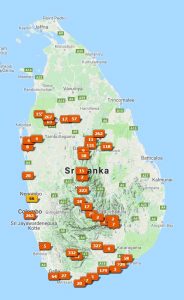
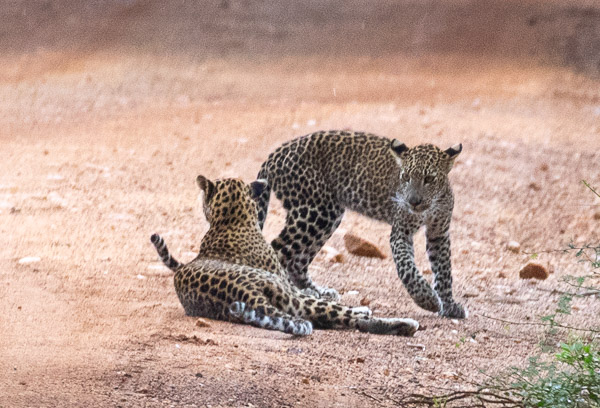 We used Dazzling Tours, and highly recommend them. They provided sound advice, a car and chauffeur (Nalaka, who was fantastic), picked us up at the airport when we arrived, dropped us at the airport at the end, and made sure everything in between was smooth and stress-free.
We used Dazzling Tours, and highly recommend them. They provided sound advice, a car and chauffeur (Nalaka, who was fantastic), picked us up at the airport when we arrived, dropped us at the airport at the end, and made sure everything in between was smooth and stress-free.